KFEZ History
TIME U.S ㅣ December 2012
KFEZs in the past
Not long ago, the seven KFEZs were remote tidelands, wastelands and dilapidated manufacturing grounds. The major industries were agriculture, fisheries, mining and stockfarming. Just a few, small manufacturing plants operated in some areas.
 Tideland of Songdo in the past
Tideland of Songdo in the past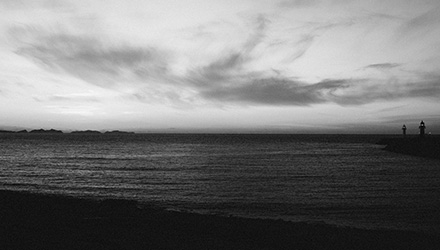 Seamangeum-Gunsan in the past
Seamangeum-Gunsan in the past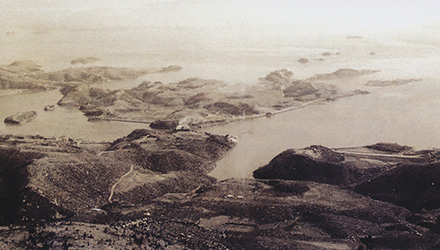 Gwangyang Bay area in the past
Gwangyang Bay area in the past
Growth begins in KFEZs
The KFEZs sites began witnessing sea changes with the enactment of a KFEZ-related law in 2002 which promoted foreign investment, national competitiveness and balanced regional growth. The agriculture and fisheries in old areas were replaced by cutting-edge industrial complexes, global educational institutes, and cultural and leisure facilities, ready for the cities to become truly global.
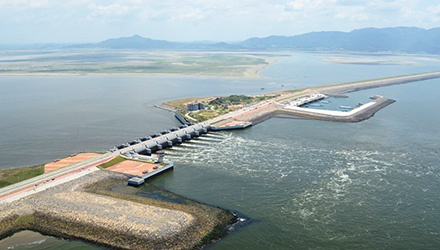 Garyeok drainage floodgate and tourism zone, Saemangeum-Gunsan
Garyeok drainage floodgate and tourism zone, Saemangeum-Gunsan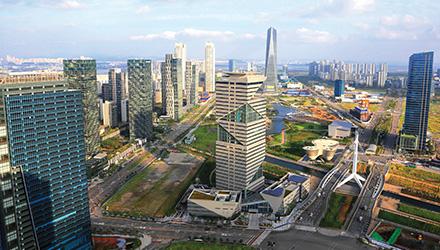 Songdo District, Incheon
Songdo District, Incheon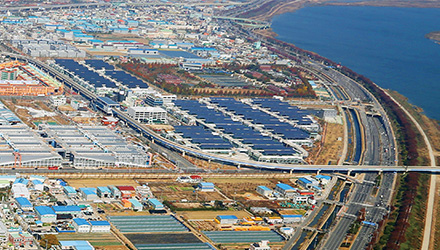 West Busan Distribution Distric, Busan-Jinhae
West Busan Distribution Distric, Busan-Jinhae
KFEZs today and in the future
The KFEZs have continued to change for business during the past 15 years and have become a major investment destination for international business leaders. Influential media, including TIME, CNN in the U.S., and Nikkei in Japan, positively covered the KFEZs. CNN, in particular, praised Incheon, one of the seven KFEZs, as “solution to the future city.” The seven KFEZs have strived to improve business environment and living conditions for foreign-invested firms. As international business hubs, they will act as massive exchanges of global capital and information.
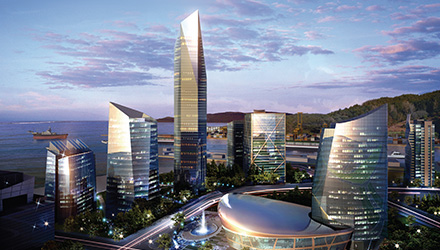 Bukpyeong International business complex District, East Coast
Bukpyeong International business complex District, East Coast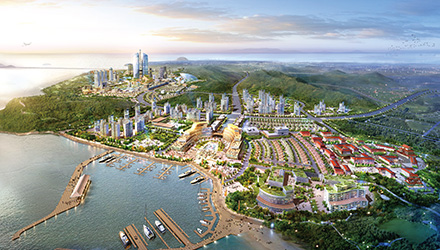 Poseung District, Yellow sea
Poseung District, Yellow sea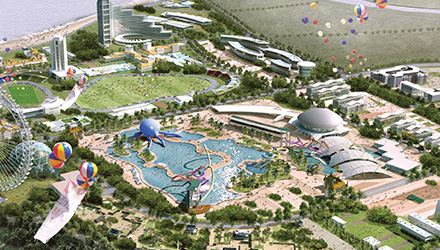 Midancity, Yeongjong District, Incheon
Midancity, Yeongjong District, Incheon

